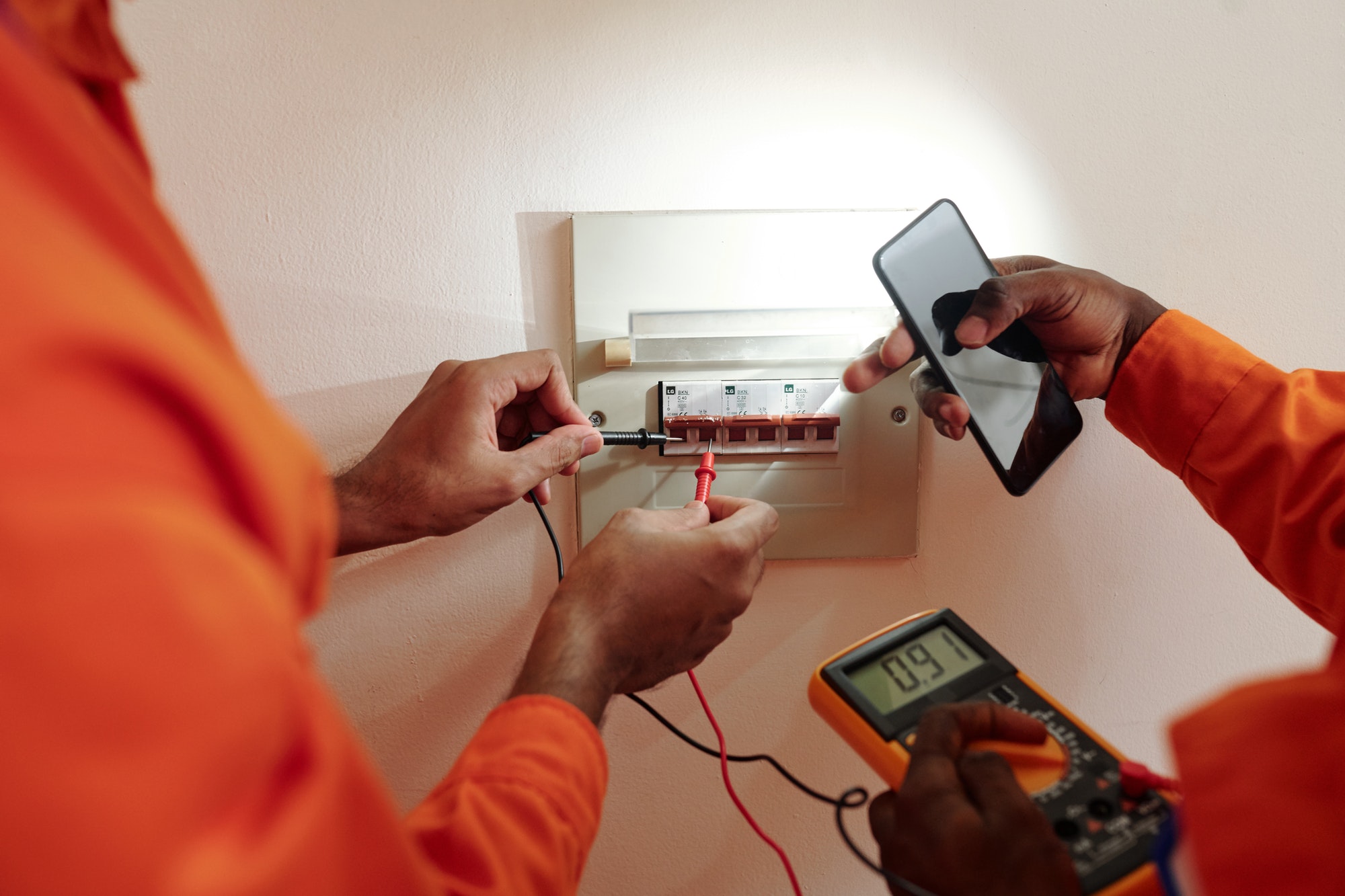House rewiring is a significant electrical project that requires careful planning and execution to ensure safety and success. Here are some essential precautions to take during house rewiring:
1. Turn Off Power
Before starting any work, turn off the power supply to the area where rewiring will take place. This can be done by switching off the main circuit breaker or fuse box. Use lockout/tagout procedures to prevent accidental power restoration while work is in progress.
2. Use Proper Tools and Equipment
Ensure that you have the appropriate tools and equipment for the rewiring project, including wire strippers, screwdrivers, electrical tape, and voltage testers. Inspect tools for damage before use and use insulated tools when working with live electrical components.
3. Wear Personal Protective Equipment (PPE)
Wear appropriate personal protective equipment, including safety glasses, gloves, and non-conductive footwear, to protect against electrical shocks, burns, and injuries from falling objects or debris.
4. Identify Existing Wiring
Before removing any wiring, carefully identify existing circuits, outlets, switches, and fixtures to avoid damaging or disrupting other electrical components. Label wires and circuits for easy identification during the rewiring process.
5. Work with a Qualified Electrician
House rewiring is a complex and potentially hazardous task that should be performed by a qualified electrician. Hire a licensed and experienced electrician who is familiar with local building codes and regulations to ensure the work is done safely and in compliance with applicable standards.
6. Inspect Wiring Routes
Inspect wiring routes, including walls, ceilings, and floors, for obstructions, hazards, or potential sources of damage, such as water pipes or gas lines. Plan wiring paths carefully to avoid interference with structural elements and other utilities.
7. Install Ground Fault Circuit Interrupters (GFCIs)
Install ground fault circuit interrupters (GFCIs) in areas where electrical outlets may come into contact with water, such as kitchens, bathrooms, and outdoor spaces. GFCIs detect ground faults and quickly interrupt the circuit to prevent electric shocks.
8. Test Wiring Before Use
Test newly installed wiring and electrical components before restoring power to ensure proper installation and functionality. Use voltage testers and multimeters to check for voltage, continuity, and proper grounding.
9. Secure Wiring and Connections
Secure wiring and connections properly to prevent damage, strain, or exposure to moisture. Use cable clamps, straps, and conduit to support and protect wiring from physical damage or environmental hazards.
10. Perform Regular Inspections
Regularly inspect electrical components, wiring, and connections for signs of damage, wear, or deterioration. Address any issues promptly to prevent electrical hazards and ensure the safety and reliability of your electrical system.
Conclusion
Taking precautions during house rewiring is essential for protecting against electrical hazards and ensuring the success of the project. By following safety guidelines, working with qualified professionals, and using proper tools and equipment, you can complete the rewiring process safely and effectively, providing your home with a reliable and code-compliant electrical system.






